Disclosure: This article contains affiliate links. We may earn a commission from purchases at no extra cost to you, which helps our travel content.
The first time I flew into Edinburgh, I was captivated by the castle perched dramatically on volcanic rock, commanding the cityscape from above. That aerial perspective sparked a lifelong fascination with Scotland's historical architecture. While Edinburgh Castle rightfully claims the spotlight, this ancient city harbors countless historical treasures that most visitors overlook. After dozens of return visits—both in the cockpit and as an eager explorer—I've compiled this guide to Edinburgh's most enchanting hidden historical gems that deserve your attention. These sites offer intimate glimpses into Scotland's rich past without the crowds that flock to the main attractions.
1. Gilmerton Cove: Edinburgh's Underground Enigma
Descending into Gilmerton Cove feels like entering another dimension—one carved meticulously beneath Edinburgh's streets. This network of hand-carved passageways and chambers dates back at least 300 years, though its true origins remain shrouded in mystery. As a pilot accustomed to soaring above landscapes, I find profound contrast in these subterranean spaces, where time seems suspended in the cool, damp air.
Theories about Gilmerton Cove's purpose range from illicit drinking den to Covenanters' refuge to druid temple. During my last visit with a fellow history enthusiast, our guide illuminated the chambers with tales of secret societies while we examined peculiar carvings and stone furniture. The most fascinating aspect? Archaeologists still can't agree on who built it or why.
Booking ahead is essential as tours are intimate affairs limited to 12 people. I recommend wearing sturdy footwear with good traction—the waterproof hiking boots I wore kept me comfortable on the uneven stone floors while protecting against the occasional water seepage.
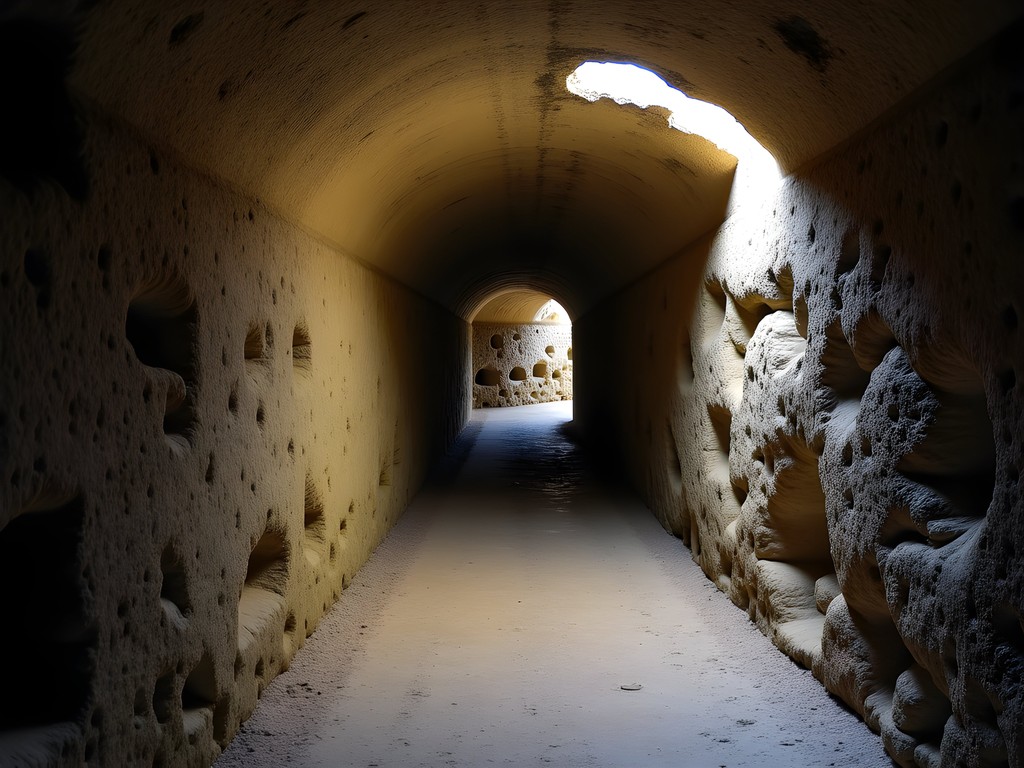
💡 Pro Tips
- Book your tour at least two weeks in advance during summer months
- The temperature underground stays cool year-round (bring a light jacket)
- Photography is permitted, but bring a small handheld flashlight to illuminate details in the dimly lit chambers
2. Craigmillar Castle: The 'Other Castle' With Royal Intrigue
While tourists crowd Edinburgh Castle, I often slip away to Craigmillar Castle, just three miles southeast of the city center. This remarkably complete medieval fortress offers what pilots like me crave: perspective. From its tower house, you'll enjoy panoramic views of Edinburgh that few tourists ever witness.
Craigmillar earned its place in history as Mary Queen of Scots' refuge after the birth of her son James. It was here that the infamous 'Craigmillar Bond'—the plot to eliminate Lord Darnley—was hatched. Walking through the remarkably intact great hall, I always pause to imagine Mary's footsteps echoing on these same stone floors.
What makes Craigmillar special is how freely you can explore its nooks and crannies without ropes or restrictions. Climb the spiral staircases, discover hidden chambers, and wander the orchard where Mary once strolled. The preservation level rivals many more famous castles, yet you'll often have entire sections to yourself—a luxury unheard of at Edinburgh Castle.
For capturing the atmospheric interior passageways, I've found my smartphone tripod indispensable for low-light photography without flash, allowing me to document architectural details while respecting the historical ambiance.

💡 Pro Tips
- Visit early on weekdays (opening at 10 AM) to have the castle nearly to yourself
- The Preston family crest (three unicorns) appears throughout—make a game of spotting them all
- Pack a picnic to enjoy in the castle grounds with Edinburgh's skyline as your backdrop
3. The Real Mary King's Close: Edinburgh's Buried Street
Beneath the Royal Mile lies a time capsule that never fails to give me goosebumps: Mary King's Close, a perfectly preserved 17th-century street sealed off and built over after the plague. Unlike Edinburgh's manufactured 'ghost experiences,' this is authentic history—tangible, sobering, and utterly fascinating.
On my first visit, our guide Annie illuminated the close with stories of real residents: the plague doctor with his bird-like mask, the merchant Mary King herself, and the little girl Annie who allegedly haunts a chamber (visitors still leave toys for her). What struck me most was seeing the actual living conditions—tiny rooms where entire families lived, worked, and often died.
The preservation is remarkable—original wall paintings, period furniture, and architectural details intact. As someone who's explored historical sites worldwide, I can attest this ranks among the most authentic immersive historical experiences anywhere.
The tours can be chilly year-round (you're essentially underground), so I always bring my merino wool scarf which provides surprising warmth without bulk and packs easily into any daypack. For those interested in photography, note that while photos are restricted in many areas, the exhibition section allows images.
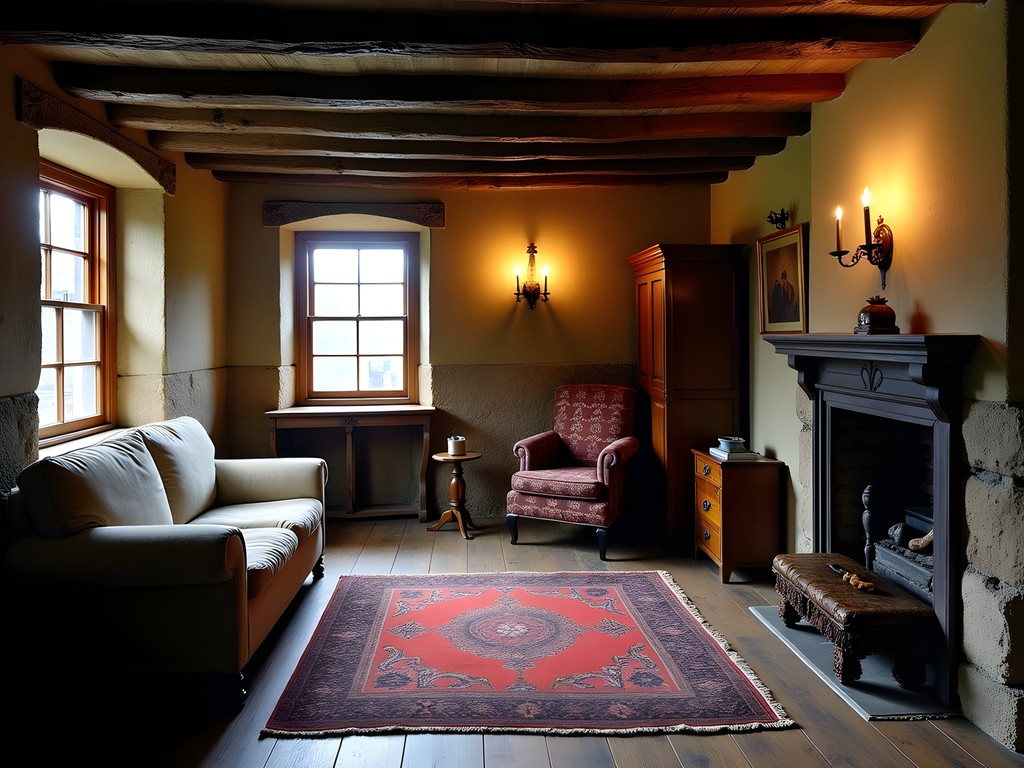
💡 Pro Tips
- Book the first or last tour of the day for smaller groups and more personal attention
- The close maintains a cool temperature regardless of season—dress accordingly
- Ask your guide about 'Little Annie'—each guide has different experiences to share about this famous ghost
4. Surgeons' Hall Museums: Medical History's Macabre Marvels
As someone who's undergone aviation medical exams throughout my career, I've developed a fascination with medical history. Edinburgh's Surgeons' Hall Museums houses one of the most significant surgical collections in the world—yet remains curiously absent from most tourist itineraries.
The museum occupies a stunning William Playfair-designed building and contains three distinct collections: the Wohl Pathology Museum, History of Surgery Museum, and Dental Collection. What makes this place extraordinary is its unflinching look at medical evolution. Glass cases display preserved specimens showing various pathologies, pioneering surgical instruments, and artifacts from Edinburgh's renowned medical school.
Particularly fascinating is the section on Burke and Hare, the infamous body-snatchers who supplied cadavers to anatomy professors. You can even see Burke's death mask and a pocket book allegedly made from his skin—a grim reminder of medicine's complex ethical journey.
This isn't for the squeamish, but those with scientific curiosity will find it utterly engrossing. I typically spend three hours here, often using my pocket magnifier to examine intricate details on historical medical instruments that showcase the ingenuity of early surgeons.

💡 Pro Tips
- Visit on weekday afternoons when medical students are less likely to be touring
- The audio guide provides context that transforms the experience from merely macabre to genuinely educational
- The museum café offers excellent Scottish tea and scones—perfect for reflection after the intense exhibits
5. Magdalen Chapel: Stained Glass Survivor
Hidden in the Cowgate district stands the Magdalen Chapel, housing Scotland's only complete set of pre-Reformation stained glass windows that survived the zealous destruction of the 1560s. As a pilot who's witnessed countless sunrises through aircraft windows, I've developed an appreciation for light's transformative quality—and these 16th-century windows create a luminous experience unlike any other in Edinburgh.
Built in 1544 as the meeting place for the Hammermen's Guild (metalworkers), this modest chapel played an outsized role in Scottish history. The Protestant reformer John Knox preached here, and the chapel later served as the first meeting place of the General Assembly of the Church of Scotland.
What strikes me most is the chapel's authenticity. Unlike heavily restored historical sites, Magdalen Chapel retains its original character, from the worn wooden pews to the hand-painted heraldic panels. The central table reportedly held the body of the Marquis of Montrose after his execution—just one of countless historical moments these walls have witnessed.
For history enthusiasts, I recommend bringing a pocket guidebook as the chapel's volunteer staff, though knowledgeable, aren't always available to answer detailed questions about the remarkable symbolism in the stained glass.

💡 Pro Tips
- Check opening hours before visiting as they're limited (typically Tuesday-Thursday afternoons)
- Visit on sunny days when the stained glass colors are most vibrant
- Look for the 'Blue Blanket'—a replica of Edinburgh tradesmen's famous banner used in historical processions
6. Dunbar's Close Garden: A Secret 17th Century Oasis
Just steps from the tourist-packed Royal Mile lies one of Edinburgh's best-kept secrets: Dunbar's Close Garden, a meticulously recreated 17th-century formal garden hidden behind an unmarked close (alleyway). After the sensory overload of Edinburgh's main attractions, this geometric garden offers a peaceful retreat that transports visitors back 300 years.
Designed in the style favored by Edinburgh's wealthy residents during the 1600s, the garden features perfectly symmetrical beds of herbs, flowers and shrubs, gravel pathways, and carefully pruned trees. Stone benches invite contemplation, while the high walls block out city noise, creating a pocket of tranquility that feels miles from the bustling High Street just yards away.
During my visits, I've often had this garden entirely to myself, especially in early mornings. It's the perfect spot to enjoy a coffee while planning the day's explorations, or to rest weary feet after hours of sightseeing. The garden's seasonal changes make it worth visiting year-round—from spring tulips to summer roses to autumn foliage.
For capturing the garden's symmetrical beauty, I use my collapsible water bottle to stay hydrated without lugging heavy bottles during long photography sessions. The garden has no facilities, so coming prepared is essential for extended visits.

💡 Pro Tips
- Visit between 7-9 AM for the magical experience of having this historical garden entirely to yourself
- The garden is free and open daily from dawn to dusk
- Bring a small sketchpad—the geometric patterns and plant arrangements inspire creativity
7. Trinity House Maritime Museum: Leith's Seafaring Legacy
A short bus ride from central Edinburgh to the historic port of Leith brings you to Trinity House, a Georgian-era maritime museum that combines architectural splendor with fascinating nautical history. As a pilot who navigates by sophisticated instruments, I'm particularly drawn to the evolution of navigation technology displayed here—from astrolabes to sextants to early compasses.
Built in 1555 and remodeled in the 1800s, Trinity House served as headquarters for The Incorporation of Masters and Mariners, essentially a maritime guild that controlled shipping in the Firth of Forth. The elegant rooms house an impressive collection of model ships, navigational instruments, whaling artifacts, and maritime paintings that chronicle Scotland's deep connection to the sea.
Most visitors don't realize that many items here were procured as 'dues' from captains returning from foreign voyages. Each captain was required to bring back something exotic or valuable for the collection, resulting in an eclectic array of international treasures alongside maritime artifacts.
The master's boardroom remains exactly as it was 200 years ago, down to the original furniture where shipping magnates once determined the fate of Scotland's maritime trade. For those interested in naval architecture, I recommend bringing a pocket sketchbook to capture details of the remarkably accurate ship models that showcase the evolution of vessel design across centuries.
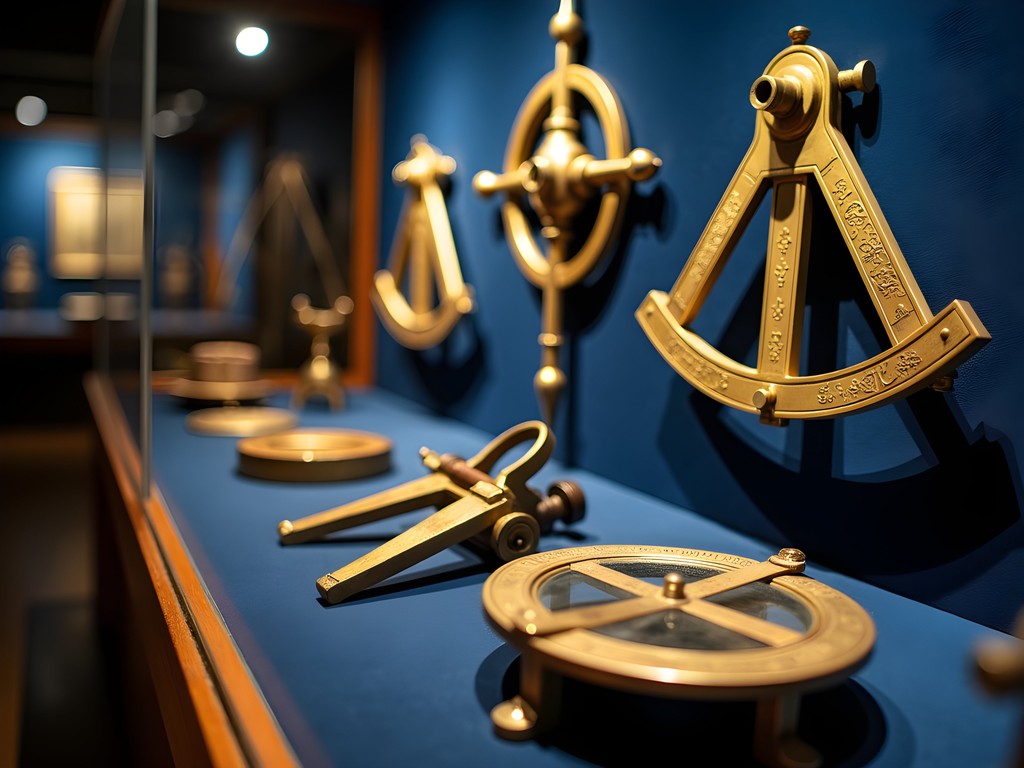
💡 Pro Tips
- Combine your visit with lunch at one of Leith's excellent seafood restaurants for a maritime-themed day
- Ask staff about the secret symbols incorporated into the building's architecture by the Freemasons who constructed it
- Check for special openings of the vaults beneath Trinity House, which aren't always accessible but contain additional exhibits
Final Thoughts
As I bank away from Edinburgh on departure, watching the castle recede beneath the wing, I'm always struck by how much of the city's rich history remains hidden in plain sight. These seven historical gems offer intimate connections with Edinburgh's past without the crowds that can sometimes diminish the experience at more famous attractions. What makes these sites special isn't just their historical significance, but the authentic atmosphere that allows visitors to feel the continuity between past and present.
For couples especially, these lesser-known sites provide space for shared discovery—those magical moments of connection that happen when you're both experiencing something remarkable for the first time. Whether you're descending into the mysterious depths of Gilmerton Cove or finding solitude among the geometric patterns of Dunbar's Close Garden, Edinburgh's hidden historical treasures offer something increasingly rare in popular destinations: genuine surprise and delight.
I encourage you to balance your Edinburgh itinerary between the iconic must-sees and these overlooked historical gems. The castle will always command attention from its volcanic perch, but the city's true character—its centuries of stories, struggles, innovations, and everyday life—awaits those willing to step just slightly off the well-trodden Royal Mile.
✨ Key Takeaways
- Edinburgh's lesser-known historical sites often provide more authentic and intimate experiences than crowded major attractions
- Early morning visits (before 9 AM) offer the best opportunity to experience these hidden gems without crowds
- Combining famous sites with these overlooked treasures creates a more balanced understanding of Edinburgh's rich history
📋 Practical Information
Best Time to Visit
May-September for longest daylight hours and best weather
Budget Estimate
$100-150 per day per person including accommodations, food, and attraction entries
Recommended Duration
5-7 days to comfortably explore both famous and hidden historical sites
Difficulty Level
Moderate (Involves Walking On Uneven Surfaces, Stairs, And Some Underground Exploration)

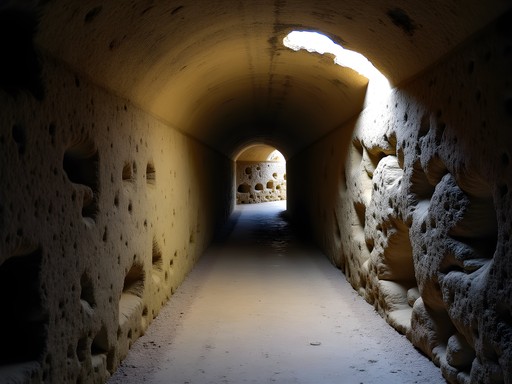
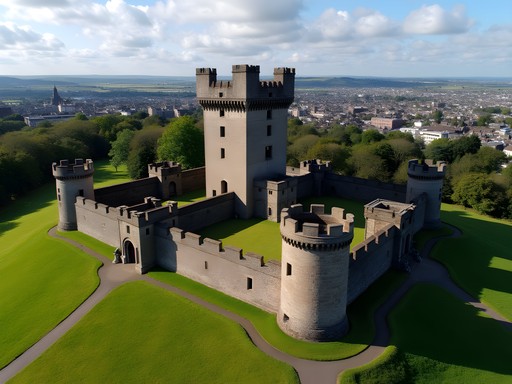


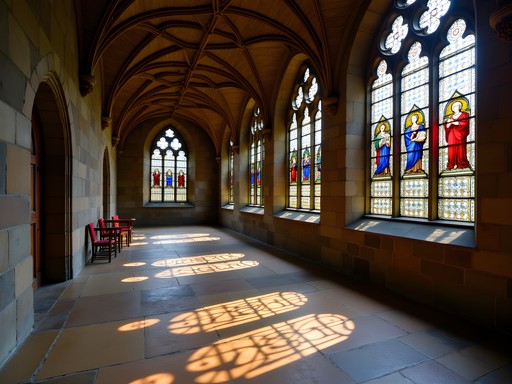



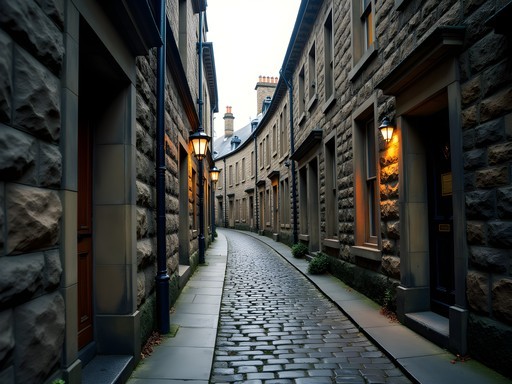



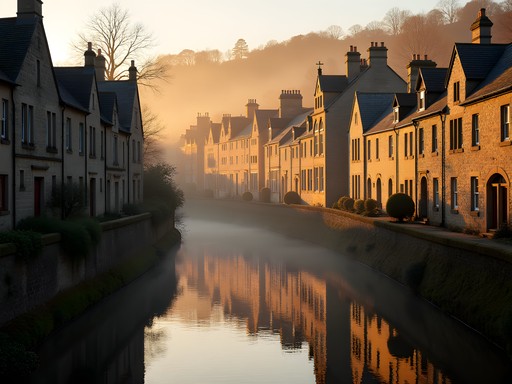



Comments
smartdiver
Has anyone done all of these in one day? I've only got 48 hours in Edinburgh next month and trying to plan efficiently!
Fatima Sims
Robert, thank you for highlighting these gems! I was in Edinburgh last winter and stumbled upon the Surgeons' Hall Museums on a particularly rainy day. What a fascinating (if slightly macabre) place! For anyone planning to visit, I'd recommend using their audio guide which adds incredible context to the specimens. Also, if you're walking between sites, I found my waterproof city map invaluable as Google Maps doesn't show all the secret closes and shortcuts that make Edinburgh so special. The museum cafe also does a surprisingly good afternoon tea if you need to recover from seeing some of the more graphic medical exhibits!
smartdiver
Is the Surgeons' Hall appropriate for teenagers? My 15-year-old is interested in medicine but I'm worried it might be too graphic.
Fatima Sims
If they're interested in medicine, they'll probably be fine! There are some preserved specimens and historical surgical tools that might be a bit intense, but nothing gratuitous. They have warnings before the more graphic sections so you can skip those.
adventurezone
Just got back from Edinburgh and Gilmerton Cove was the highlight of our trip! It's so mysterious and our guide had some wild theories about its origins. Definitely book ahead though - we almost missed out because the small tour groups fill up fast. The pub above it (The Pub) does a great Sunday roast too if you time your visit right. Great post Robert - your photos capture the eerie atmosphere perfectly!
redmaster6956
Was it scary down there? I'm a bit claustrophobic but really want to see it!
adventurezone
It's not too bad! Some parts are a bit narrow but the ceilings are mostly high. The guide is with you the whole time and they have good lighting. You'll be fine!
wanderlustchamp
Mary King's Close creeped me out so much! But in a good way 😱
Savannah Torres
Robert, this post brought back so many memories! We took our kids to Edinburgh last summer and stumbled upon Craigmillar Castle almost by accident. What a find! The kids loved exploring all the nooks and crannies without the crowds of Edinburgh Castle. We actually spent more time there than at the main castle. The connection to Mary Queen of Scots made history come alive for my 12-year-old daughter who'd been studying Tudor history. If you're visiting with family, bring a picnic - there's a lovely grassy area where the kids can run around while taking in those panoramic views of the city.
luckywanderer
Did you need to book Craigmillar in advance? Planning a trip with my nieces and nephews next month!
Savannah Torres
We didn't book ahead and had no issues, even in August! It's really not crowded compared to the main attractions. There's a small visitor center with some activities for kids too.
redmaster6956
Wow, I've been to Edinburgh twice and never heard of Gilmerton Cove! Adding it to my list for next time!
Douglas Bradley
Excellent post, Robert! I'd add one more hidden gem to this list: Magdalen Chapel on the Cowgate. It houses some of Scotland's oldest stained glass that survived the Reformation, and the history of its use as a meeting place for the Covenanters is fascinating. The Surgeons' Hall Museums are indeed a macabre delight - I spent three hours there examining the specimens and medical instruments. Their collection of books bound in human skin is particularly unsettling yet historically significant. For anyone interested in medical history, it's absolutely unmissable.
nomadlegend
Books bound in human skin?! That's both horrifying and intriguing. Definitely adding Surgeons' Hall to my list for my next visit.
explorelover
Love this! Heading to Edinburgh next month and adding Craigmillar Castle to my list right now!
Douglas Bradley
Craigmillar is fantastic! Make sure to climb to the top of the tower for incredible views of Arthur's Seat. It's also much less crowded than Edinburgh Castle, so you can really take your time exploring.
explorelover
Thanks for the tip! Is it easy to get to by public transport?
Douglas Bradley
Yes! Bus routes 24, 33, and 42 all stop nearby. I'd recommend using the Edinburgh transport app for planning your routes around the city. Makes everything so much easier.
nomadlegend
Visited Gilmerton Cove last year and it was mind-blowing! The tour guide told us all these theories about who might have created it - smugglers, covenanters, or maybe a blacksmith's drinking den? Way less crowded than the castle but just as fascinating. The Real Mary King's Close was also incredible but definitely book ahead as it sells out fast, especially in summer.
Douglas Bradley
Did you find Gilmerton Cove claustrophobic at all? I'm considering taking my parents when they visit but my dad's not great with tight spaces.
nomadlegend
There are a few narrow passages but most rooms are actually quite spacious. They're good about warning people beforehand, and the guide said people can skip certain parts if needed. Your dad should be fine!
Claire Hawkins
What a fantastic post! We took our family to Edinburgh last year and stumbled upon Surgeons' Hall Museums by accident - my 12-year-old son was simultaneously horrified and fascinated by the medical specimens! For anyone planning a visit, I highly recommend getting the Edinburgh Explorer Pass which includes entry to several of these lesser-known sites plus free audio guides. The Craigmillar Castle was such a peaceful alternative to the main castle - we had a picnic in the grounds and felt like we had traveled back in time. Robert, your description of the view from the plane brought back such vivid memories of our arrival too!
Venture X
Premium card with 2X miles, $300 travel credit, Priority Pass